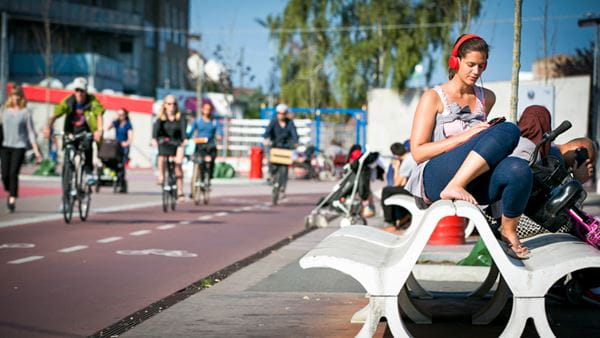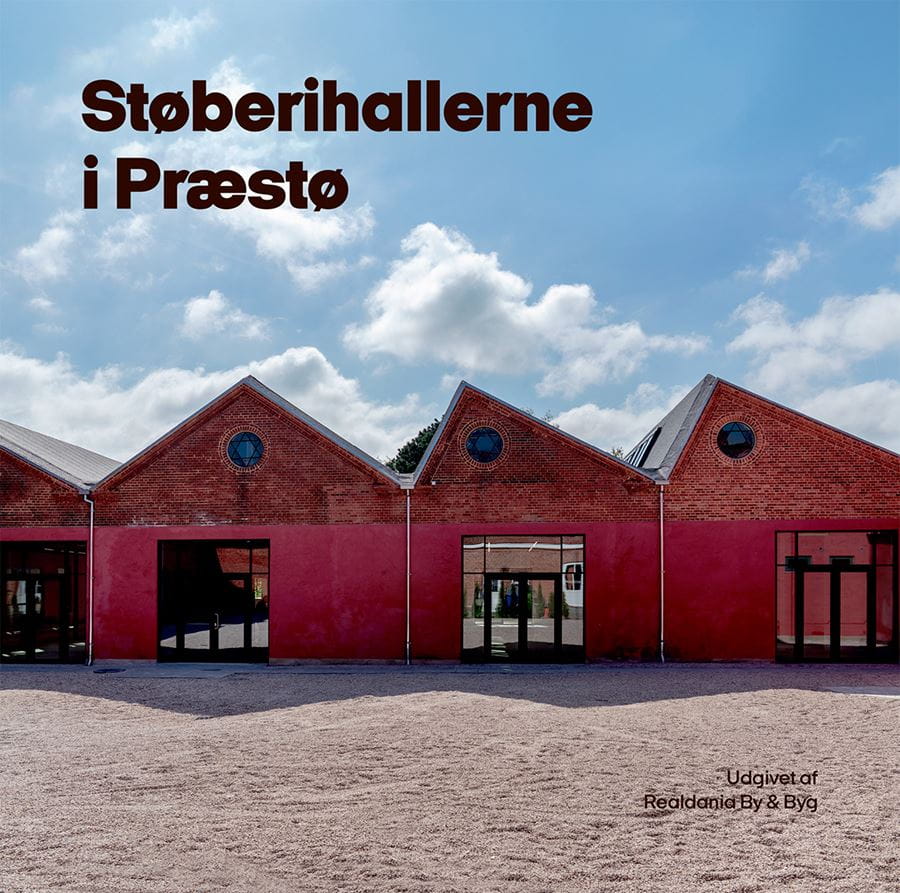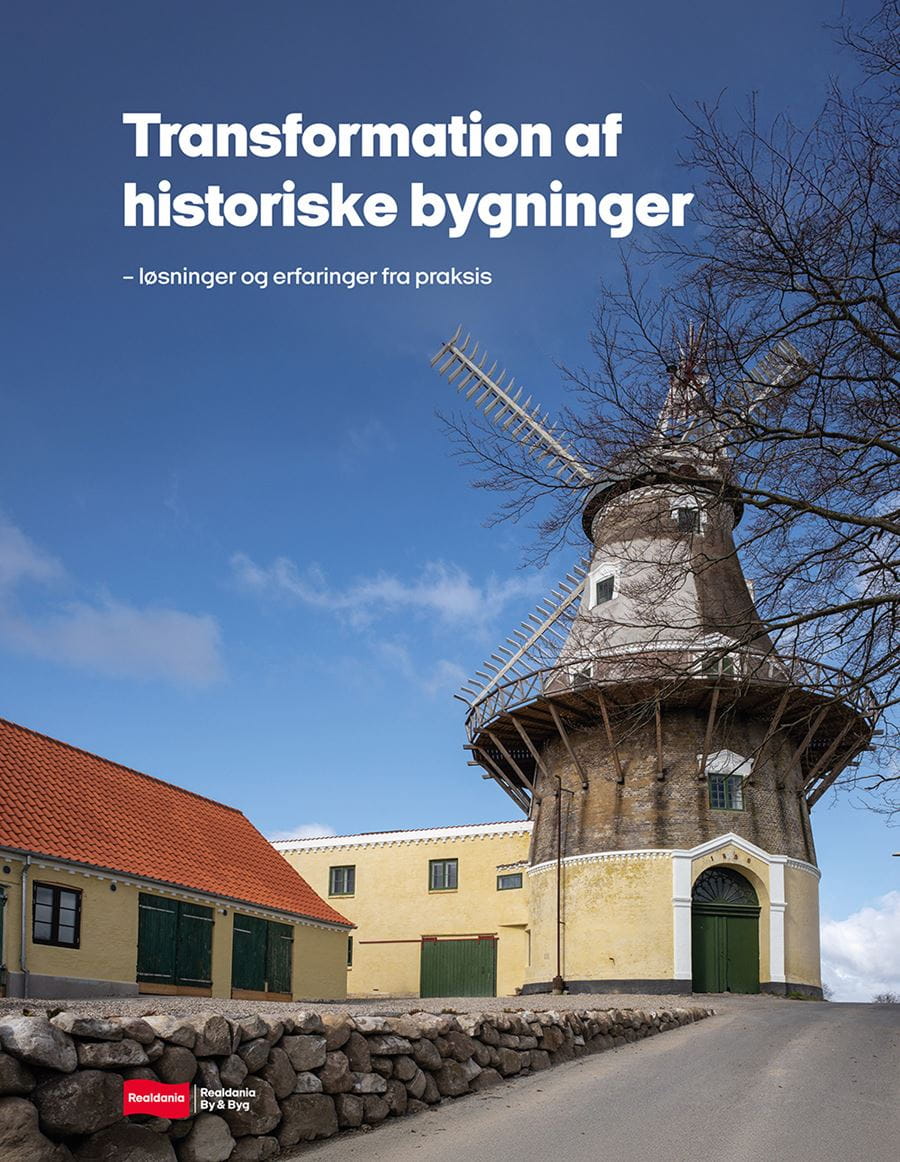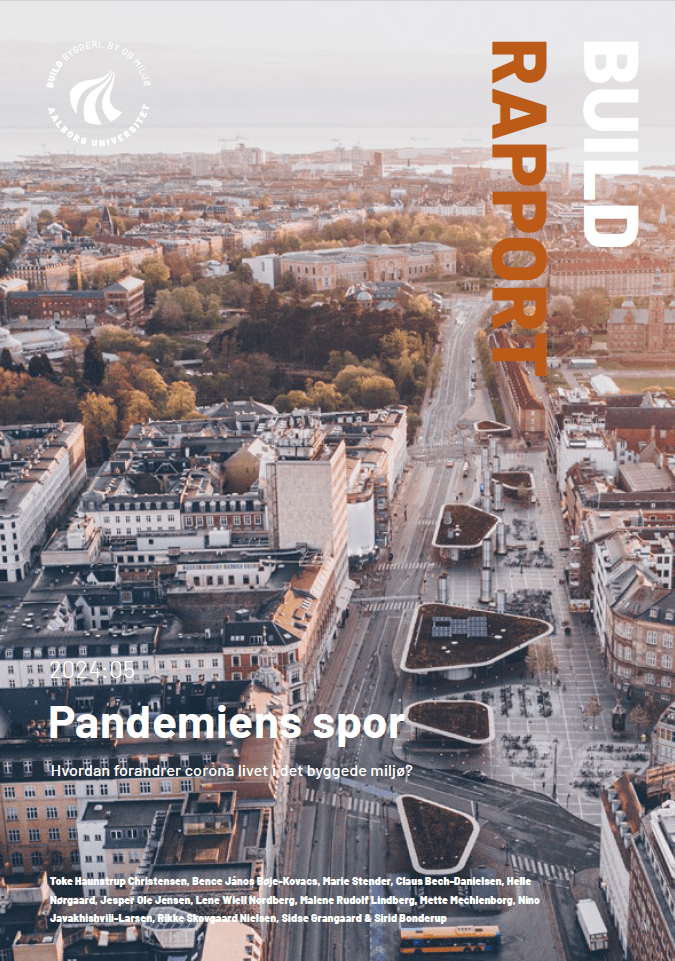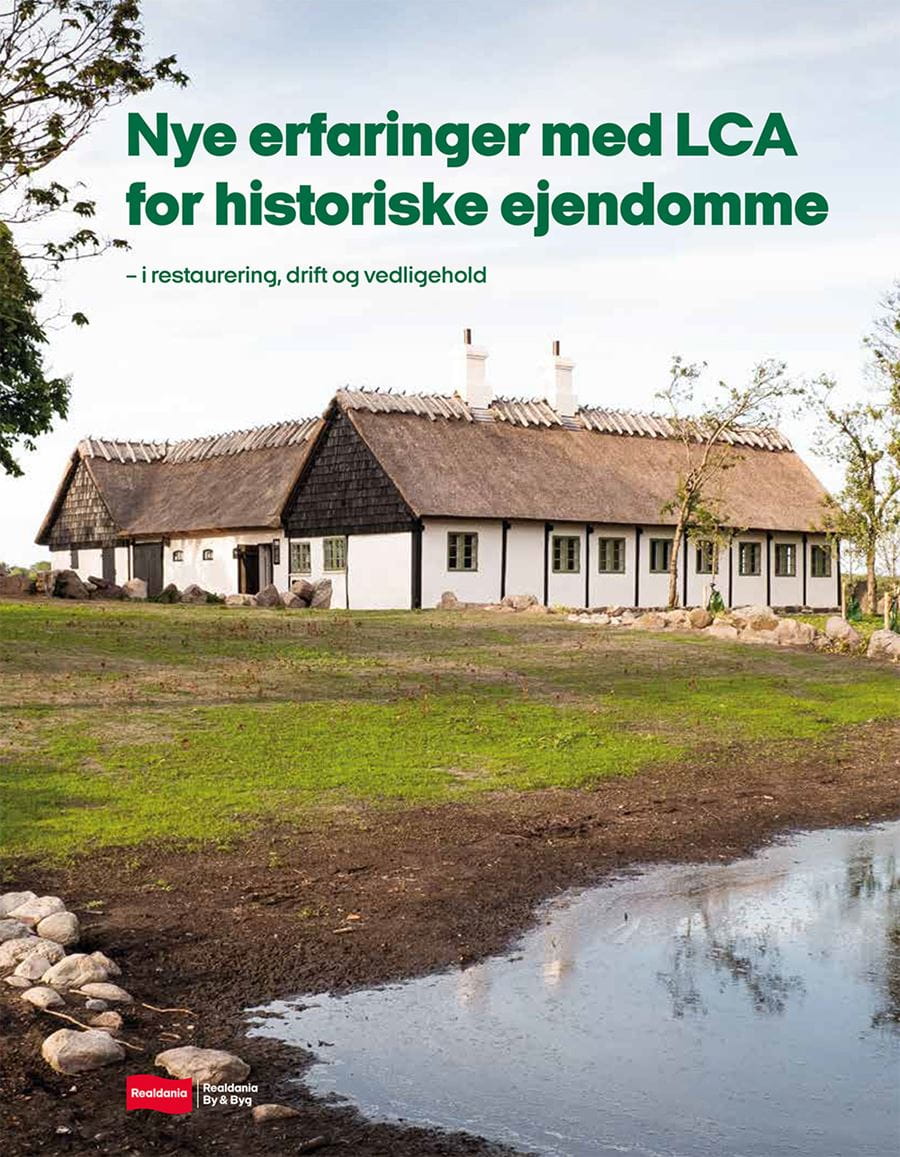The indirect benefit of urban renewal and cultural heritage investments
Rapport
Udgivelsesdato
november 2019
Sideantal
71
sider
Forfatter(e)
Toke Emil Panduro
Marie Lautrup
Lasse Læbe Matthiesen
Jette Bredahl Jacobsen
(Københavns Universitet)
This paper aims to investigate the indirect economic gains from these restoration and urban renewal projects. As cases, we have selected the former freight train area in Aarhus and the historic town centre of Christiansfeld.
Realdania, a Danish philanthropic foundation, finances the renovation of buildings and urban environments with historical and cultural value as well as former industrial buildings worth protecting. Often, these industrial sites are renovated to open the site to the public, and the buildings are given a new functionality with societal value. This paper aims to investigate the indirect economic gains from these restoration and urban renewal projects. As cases, we have selected the former freight train area in Aarhus and the historic town centre of Christiansfeld.
In the report, we estimate the size of the indirect benefits for the local citizens. We do this by analysing if there has been an additional increase in housing value in the neighbourhoods around the sites, compared to similar areas, using the hedonic pricing method in a difference-in-difference setup. We also investigate the impact of the project on the local shops and businesses. We compare the probability of business survival with businesses in other comparable areas and investigate the development in the number and diversity of businesses in the project sites. Thus, we estimate a survival model with a difference-in-difference specification.
